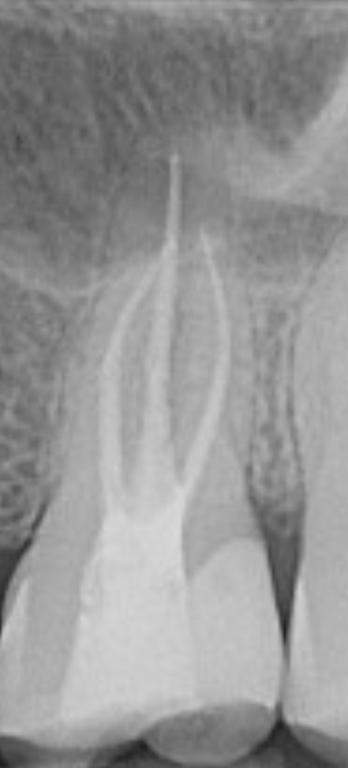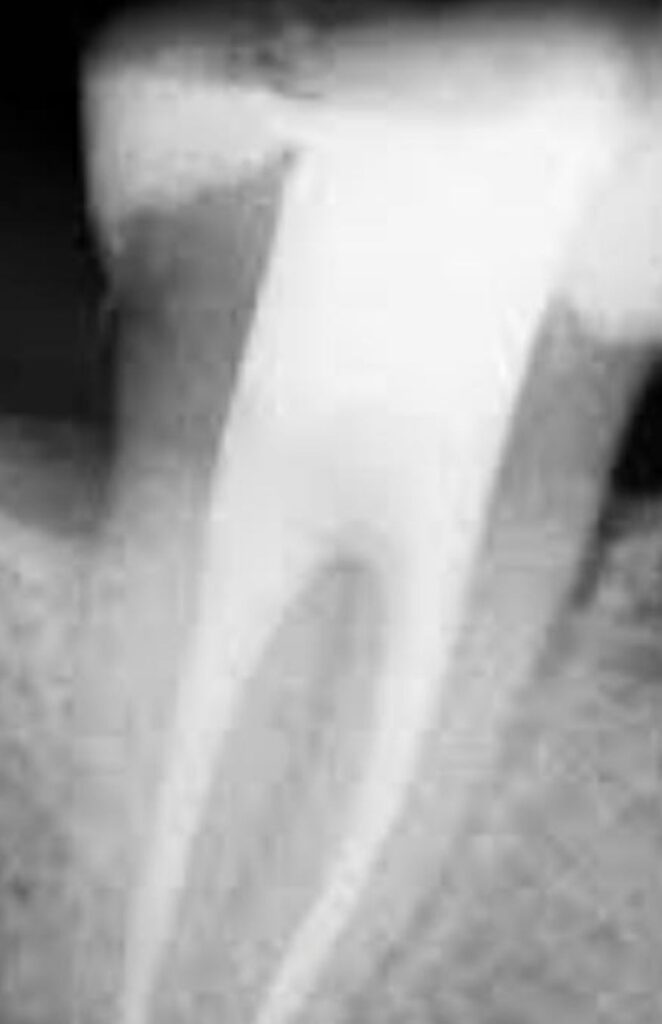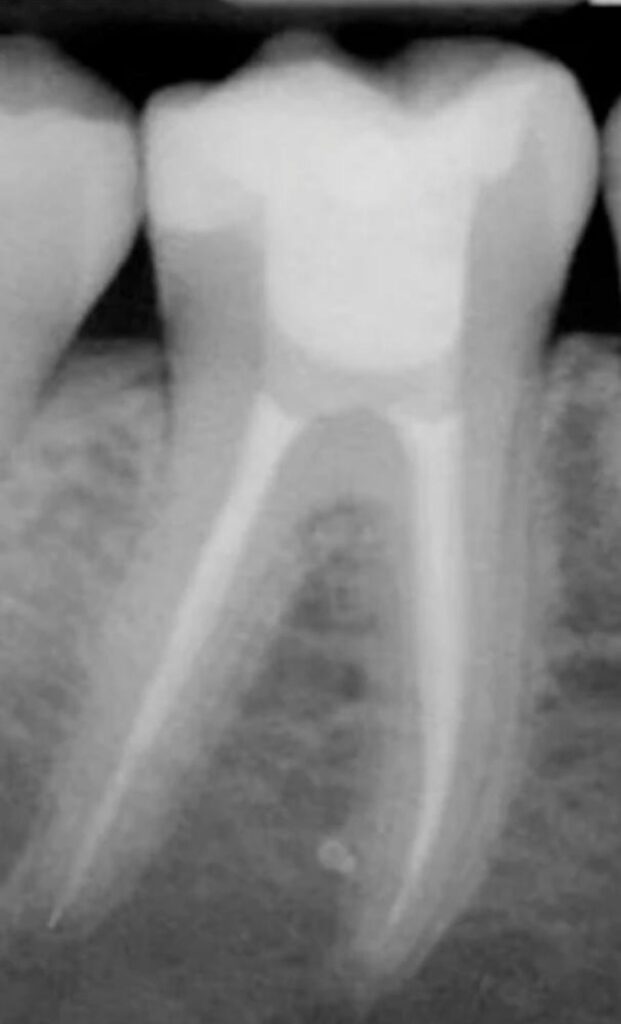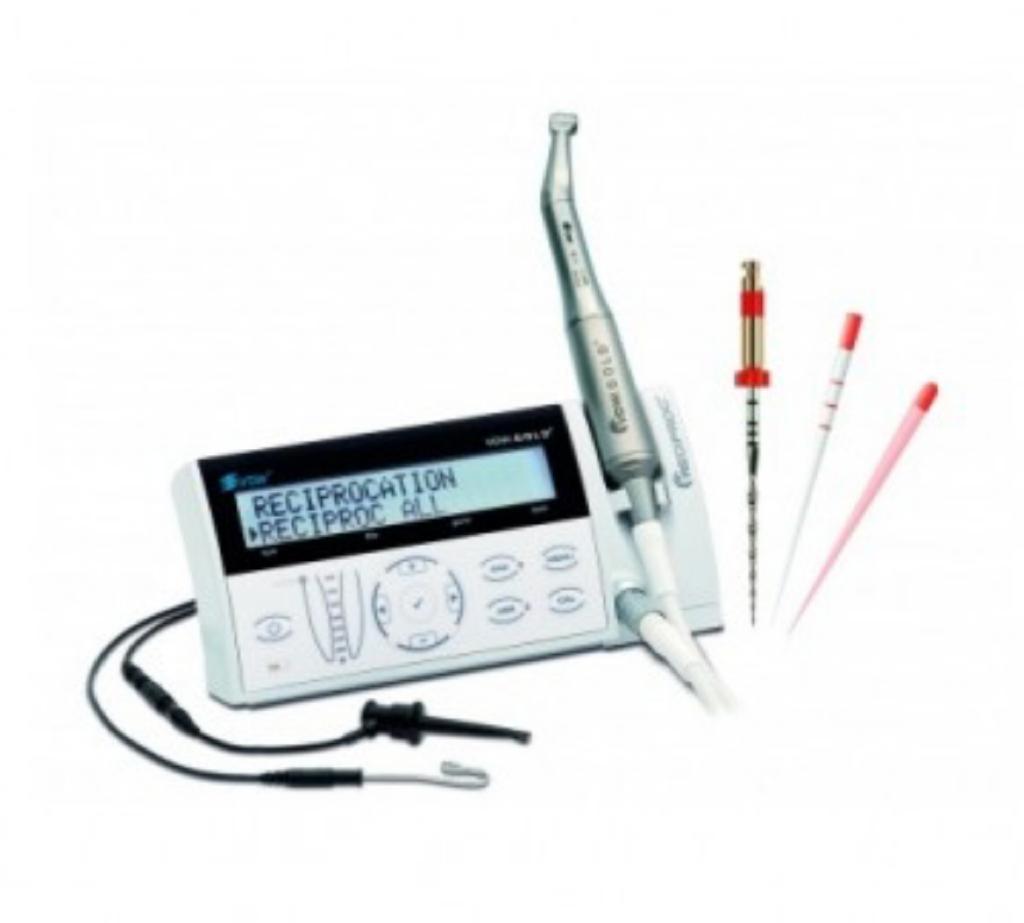Endodontics deals with the internal tissues of the tooth and allows you to treat dental elements that would otherwise be condemned to extraction, as they are severely damaged. For the treatment of the internal tissues of the tooth, root canal therapy is used, also known as devitalization, which consists in the removal of the now infected and inflamed dental pulp. The dental pulp contained in the root canals is the innermost part of a tooth and is very important for its growth and development. Correct root canal therapy is important since devitalized teeth can create problems that affect the therapies carried out after devitalization, such as reconstructions, inlays, prosthetic crowns, leading to the failure of the therapeutic plan. It often happens, in fact, to have to retreat devitalized teeth incorrectly in the past to eliminate the residual chronic infection at the apex of the roots, called granuloma, asymptomatic but radiographically evident. In this case we are talking about root canal retreatment. Following root canal therapy, the tooth will no longer be an infectious reservoir, and, after adequate crown reconstruction, it can continue to perform the same functions as an intact tooth.
Cause of tooth pulp infection:
Inflammation and infection of the pulp can occur from deep caries, due to a fracture or crack of the tooth, but also because of severe trauma. If the pulp undergoes necrosis, the tooth will be symptomatic not responding to the vitality tests, but the pain could move to the apex of the tooth which will be painful when the dental element is struck, during chewing or even just touching it with the tongue. Sometimes the affected tooth may appear darker in color than the other teeth.
A pulpitis, an infection of the dental pulp, which is not treated in a short time can worsen to the point of abscess, often accompanied by fever. It may happen that there are no evident clinical signs, and that the patient becomes aware of his problem only after a specialist visit with the help of radiographs. In any case, it is essential to resort to endodontic therapy if you want to avoid dental extraction. Endodontic treatment is now fast also for molars, thanks to new techniques and modern equipment. Pain is under control thanks to local anesthesia which today can also occur with the use of nitrous oxide. After the therapy there may be soreness, subjectively more or less annoying, which however is easily controlled with a common analgesic. The operational phases are:
- local anesthesia to neutralize the pain, even in cases with still sensitive pulp – the effect of anesthesia could last even a few hours after surgery;
- provisional reconstruction of the dental crown;
- isolation of the operating field by means of the rubber dam, an essential means for a successful root canal treatment;
- opening of the pulp chamber;
- finding the root canal (s) with the aid of optical enlargements;
- measurement of each canal by means of an x-ray and an electronic apex locator;
- removal of the lower pulp and rectification of the canals in this study using Reciproc, a machine that allows complications to be reduced to a minimum.
- washing with sodium hypochlorite, a powerful disinfectant, to obtain an environment that is as clean and aseptic as possible;
- root canal obturation using gutta-percha, a plastic material that can be molded with heat, associated with a root canal cement using Guttafusion, a machine that controls the exact fluidity of the gutta-percha.
- crown reconstruction;
- radiographic control;
- any fixed prostheses.
In the following 2-3 days, the treated tooth may cause some discomfort, especially in cases of severe infection or inflammation before devitalization, but everything is easily manageable and controllable by taking anti-inflammatories.




